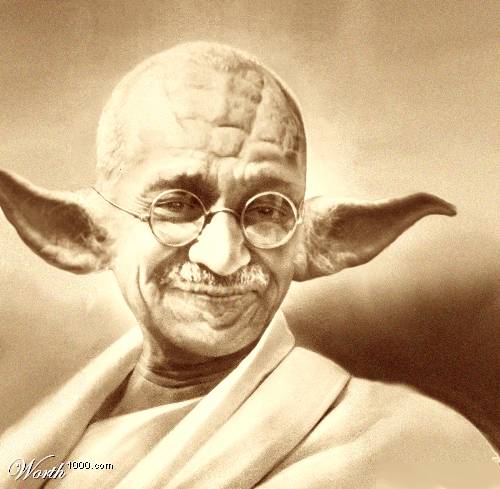I just saw this on the IIT, Bombay Alumni Newsletter. Aaah. It sure reminds me of my 4 years there.
Before you start, listen to what the editor has to say- "Editor’s Note: We solved these puzzles in 15 minutes flat." OK. Good luck and off you go.
--------------
Ants everywhere!
You have a rod of length L, and n ants are placed at positions t1,t2,t3.. tn=L which are at equal intervals from the left end of the rod. All ants can move with the same speed. Ants may begin to move in any direction, but if two ants collide they will reverse directions. What is the maximum time re-quired for all ants to fall off the rod?
Transportation problem
Looks confusing but hey it really isn’t that bad. Every pair of cities in a country is linked by exactly one of the three modes of transport, namely, road, rail or air. All the three modes of transport are used in the country. No city in the country is served by all the three modes and also no three cities are linked pair wise by the same mode of transport. Determine the maximum number of cities in the country.
Number Puzzle
This is just another number puzzle which generally feels like magic, but is really only logic. Choose a number. If even, make it half. If its one more than a multiple of four, multiply it by three and add one. If its one less than a multiple of four, multiply it by three and subtract one. Whats the minimum number you will reach by a successive application of this rule? Justify.
(THIS LOOKS LIKE A CONJECTURE TO ME- NOT A PUZZLE) Playing with squares and cubes
If a number is a square of an integer, and also the difference between cubes of two
consecutive integers, then the square root of this number can be expressed as a sum
of squares of two consecutive integers. For eg. 169 = 512 - 343, so 13 = 4 + 9
Google Search
Google Pack
(San)deep's World. Wise observations from Prof. Sandeep Krishnamurthy, Associate Professor of Marketing and E-Commerce, author, educator, Dad, coach, racquetball player, evangelist, speaker and thinker.
Wednesday, May 11, 2005
Subscribe to:
Post Comments (Atom)
Labels
- AdSense (1)
- AdSense Report Card (1)
- Advertising (1)
- Baseball (1)
- Bidding and Ranking (1)
- Book Search (1)
- Browser (1)
- Freakonomics (1)
- Geo-Targeting (1)
- Google (6)
- Google advertising (1)
- Google Reader (1)
- iGoogle (1)
- Internet Advertising (1)
- MSN/Live (1)
- New Yorker (1)
- Opera (1)
- Salary (1)
- Search (1)
- search engine marketing (2)
- Search engine optimization (2)
- Seattle Mariners (1)
- SEM (1)
- SEO (2)
- Smoking (1)
- Text Ad (1)
- Toobin (1)
- Yahoo (1)
- Yahoo Search Marketing Blog (1)
One of my favorites

No comments:
Post a Comment